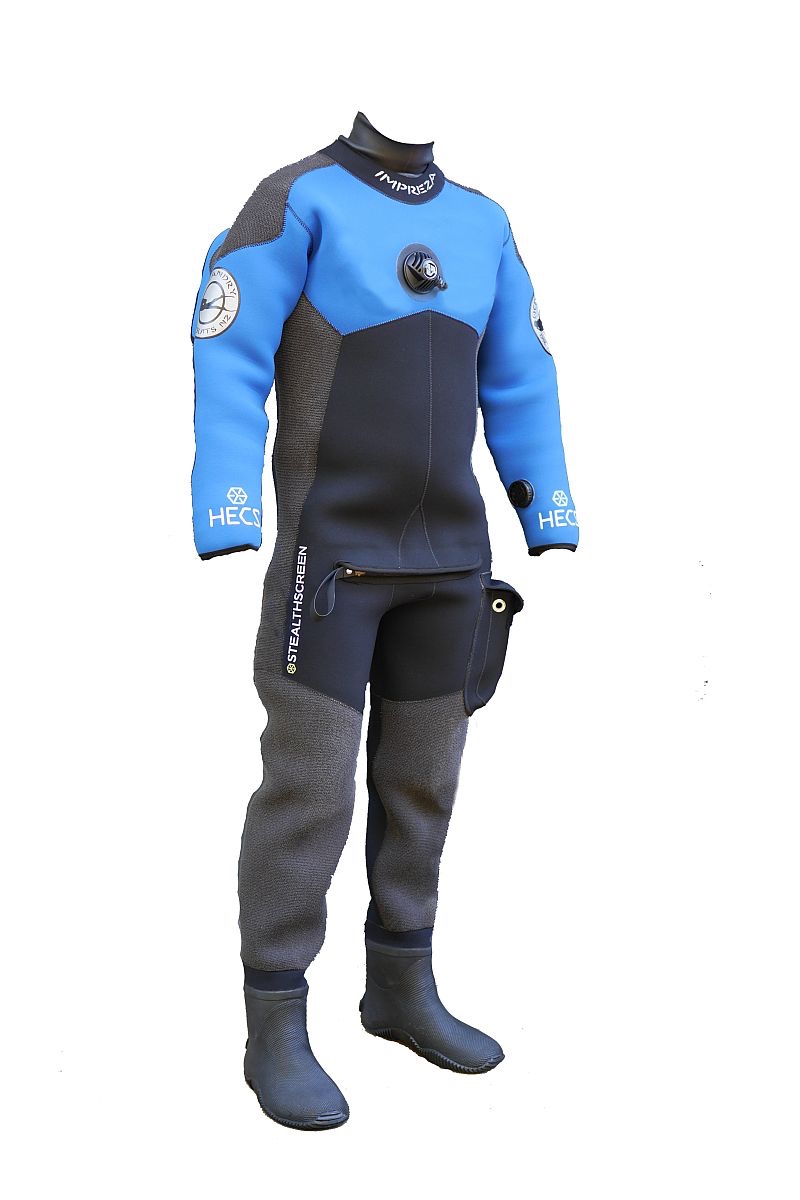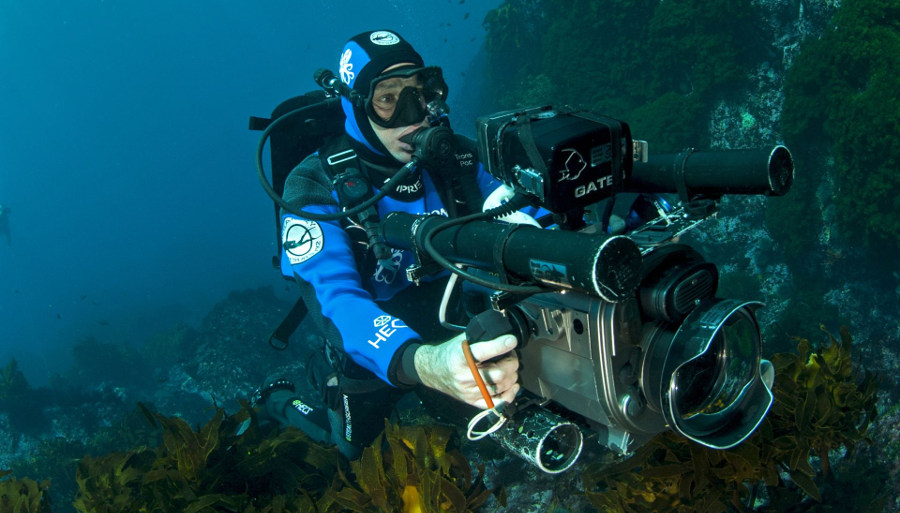HECS Drysuit



Why HECS StealthScreen?
It is scientifically accepted that living creatures, through muscle movement, the beating of the heart, and brain activity produce an electrical energy field. Human beings are no exception. The human body emits an electrical energy signal that animals can detect.
Many Marine Animals Can Sense Electric Signals
Species known to have electroreception include Lobsters and Crayfish, Sharks, Rays, Eels, Lampreys, Ratfish, Lungfish, Sturgeons and some Dolphins. This special sense allows those animals to detect electrical energy in the vicinity as a defense mechanism or for identifying prey.
HECS Reduces The Human Electric Signal
Given the incredible experiences that photographers and wildlife researchers and hunters like you have already had, we know wearing HECS will change the way you see animals underwater. And the way they see you!
How HECS Works
HECS StealthScreen reduces the electric signal emitted by the human body. HECS is designed to help you get closer to many marine creatures in their natural undisturbed state. HECS is made with a conductive carbon fiber mesh designed to reduce your electrical energy field. HECS is based on the Faraday Cage principle invented by English scientist Michael Faraday. A Faraday Cage is an enclosure made of a conductive grid that attenuates electrical fields.
HECS drysuits will make your underwater experience far more fun. HECS is not a magic invisibility cloak. It will not eliminate the other senses that animals use to detect potential threats. HECS will prevent creatures from sensing your electrical energy signal. This will allow you to have some remarkable experiences.
HECS Technology
Our HECS drysuits are designed to reduce the electromagnetic output of the wearer so less is emitted and detectable from the outside. Some animal species are attuned to very minor electromagnetic signals. Typically such species are also sensitive to visual and olfactory (i.e. smell) stimulation, which HECS does not effect. HECS drysuits DO NOT in effect make the wearer invisible. The wearer assumes all responsibility when in the habitat of wild animals, sharks, rays and other marine life.
Many aquatic species are dangerous and unpredictable. It is impossible to guarantee that marine life will not detect a faint electromagnetic signal while a person is wearing a HECS drysuit and may also locate a wearer using its other senses.
With or without a HECS drysuit all aquatic species should be treated with respect and caution. Any water-based activity in the presence of marine life is inherently dangerous, involves a considerable amount of risk and is not recommended. Do not participate in any activity involving risk of harm from marine life that you would not voluntarily engage in without a HECS drysuit.
Our HECS Neoprene
Size of mesh is crucial to effectively blocking human electrical energy signal. The effectiveness of the energy-blocking mesh hinges on the size of the grid relative to the wavelength of the electrical energy itself. The HECS grid, through exhaustive testing, was developed specifically to block the wavelength of the human energy signal. A common, everyday example of a grid that blocks waves can be found in the door of your microwave oven. The small mesh in the microwave door is properly sized to block microwaves for your safety, just like the somewhat larger grid in a HECS garment is designed to block human electrical energy waves.
The size of the HECS grid works to effectively block human electrical energy waves, just as the much smaller grid in the door of your microwave works to block microwaves.

